I'm a Dietitian and These 6 High-Protein Meals Keep Me Full for Hours

Are you looking for some new, nutritious meal ideas? Kayla Farrell is a Registered Dietitian and Senior Account Executive at FRESH Communications. We recently asked her about the go-to high-protein meals that help her stay full for hours. She reveals two breakfasts, lunches, and dinners that she eats on repeat to keep herself satiated.
Breakfast: Overnight Oats
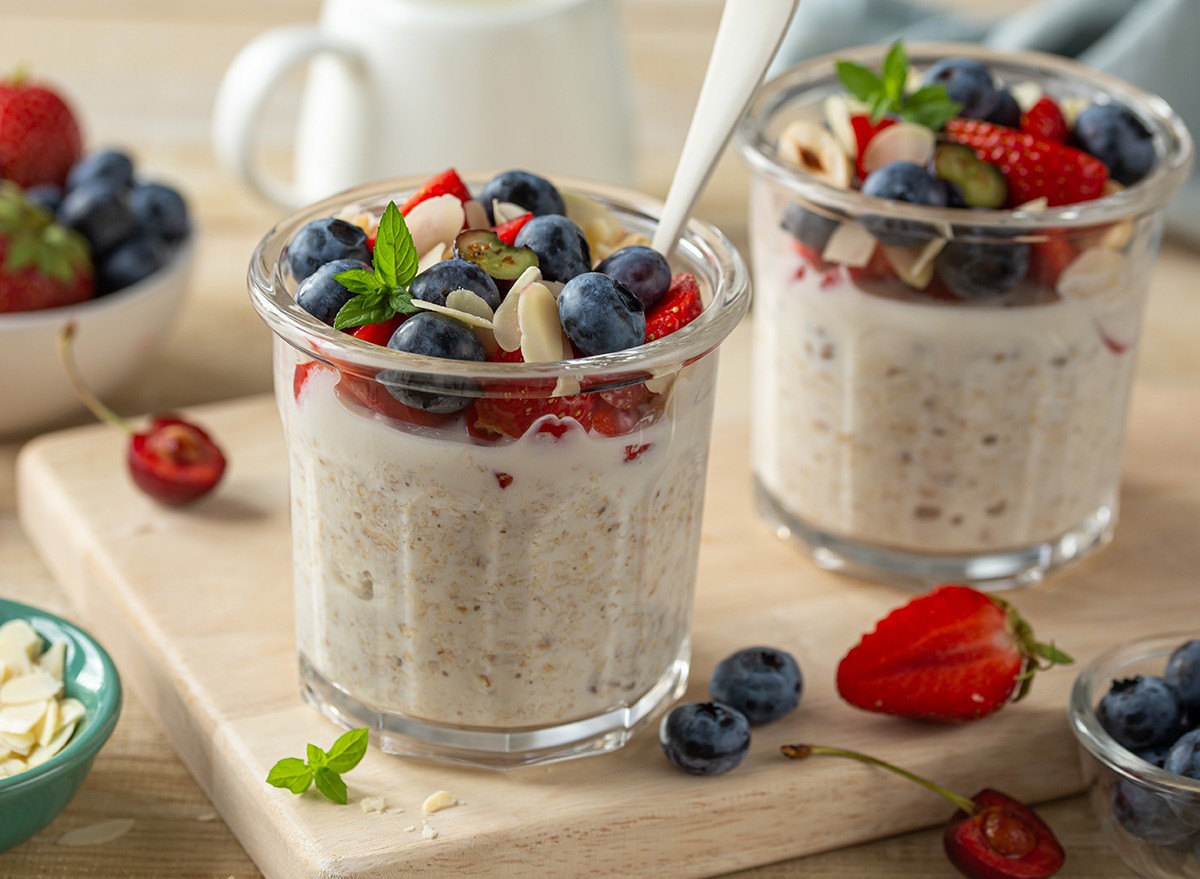
"Overnight oats are an easy way to add more whole grains and protein to your day. Make a batch at the beginning of the week and enjoy for quick breakfasts and snacks," says Farrell. "Add protein and fiber-rich foods like nut butter, flaxseed, chia seeds, milk of choice or protein powder to the overnight oats to stay fuller for longer and meet protein needs. Add additional toppings, like almonds and blueberries, once ready to eat."
Breakfast: Sourdough Toast
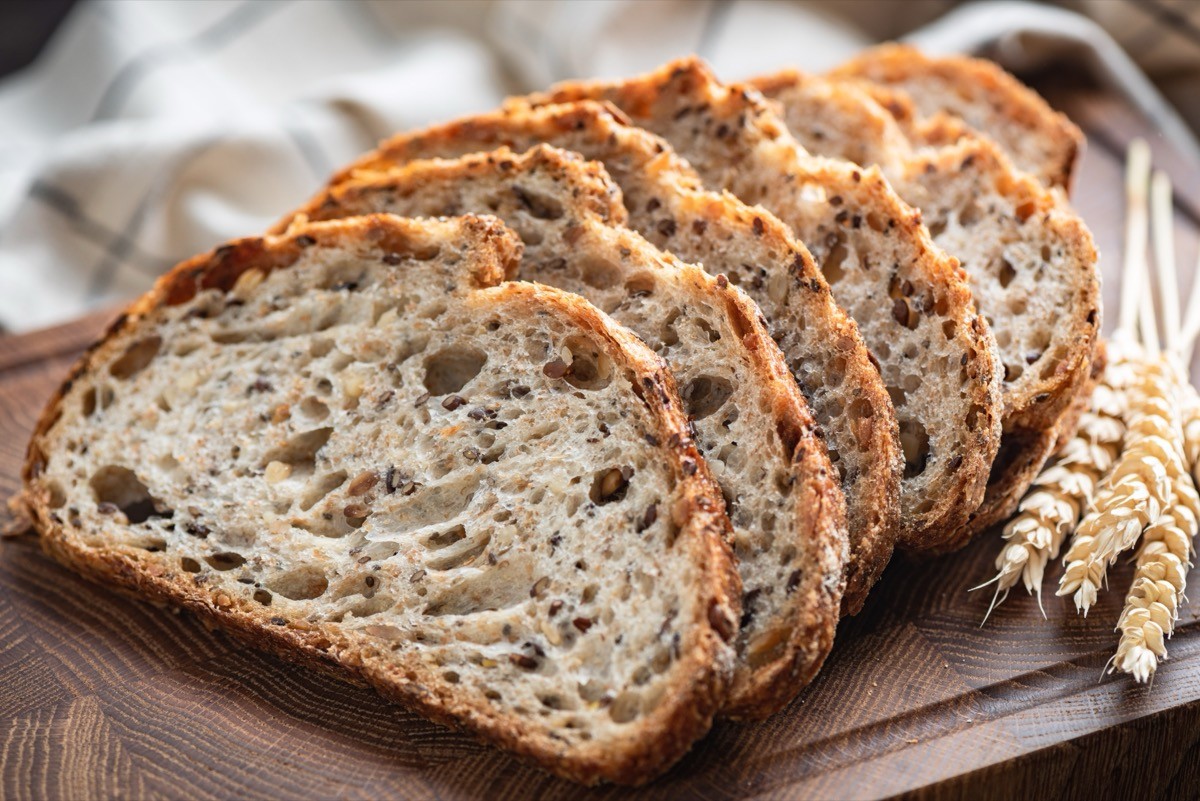
Sourdough toast is another easy and customizable breakfast that's full of protein. "Sourdough bread has around 8 g protein per slice. On the sweeter side, pair with your favorite nut butter, fresh berries, chia seeds and a light drizzle of honey. For a savory breakfast , add mashed avocado and two scrambled eggs with a dash of hot sauce," says Farrell.
Lunch: Poke Bowls
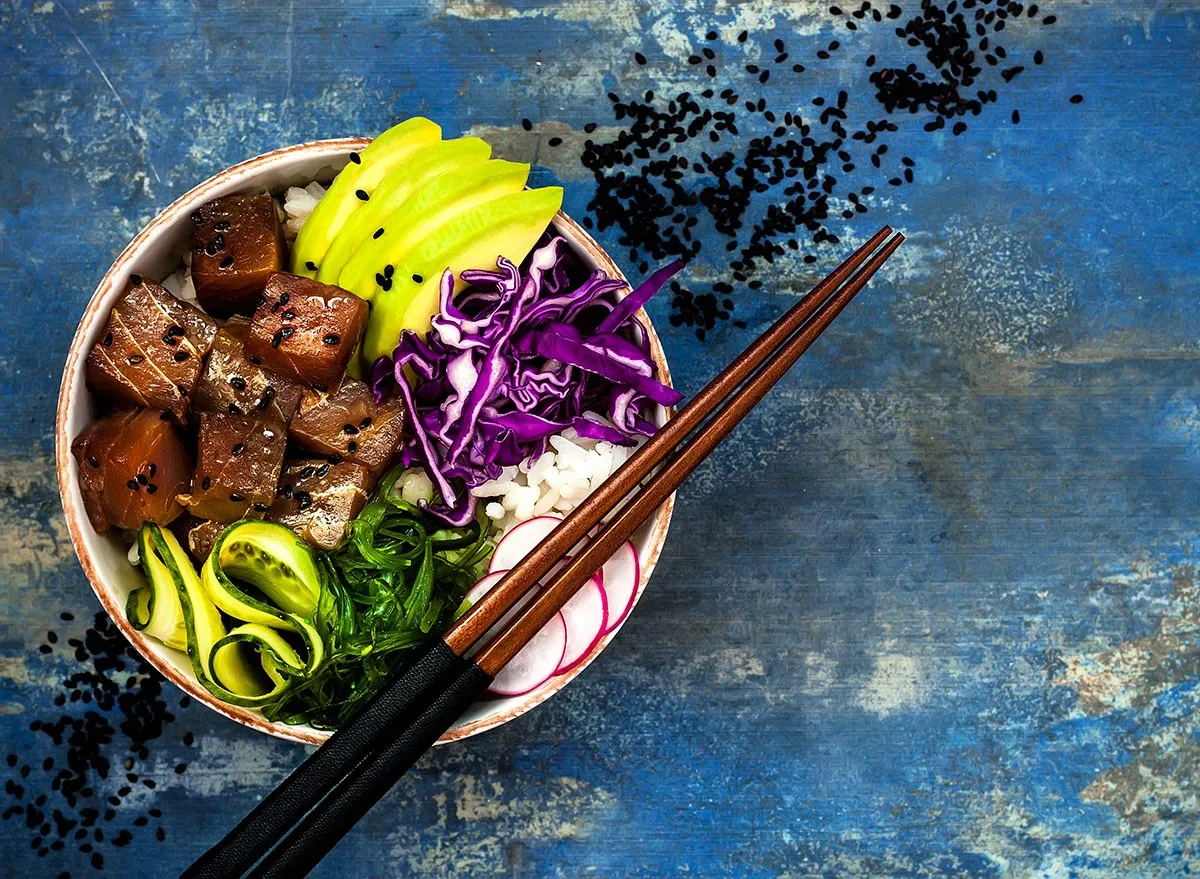
She also enjoys poke bowls, which are "easy to make by marinating cubed fish of choice in vinegar or citrus dressing" and served chilled (More on how to prepare an easy poke here). "As a registered dietitian, I recommend sushi-grade Chilean salmon because it's low in mercury and is full of omega-3 fatty acids. Add edamame for an extra kick of protein!" she says.
Lunch: Roasted Chickpea Bowl
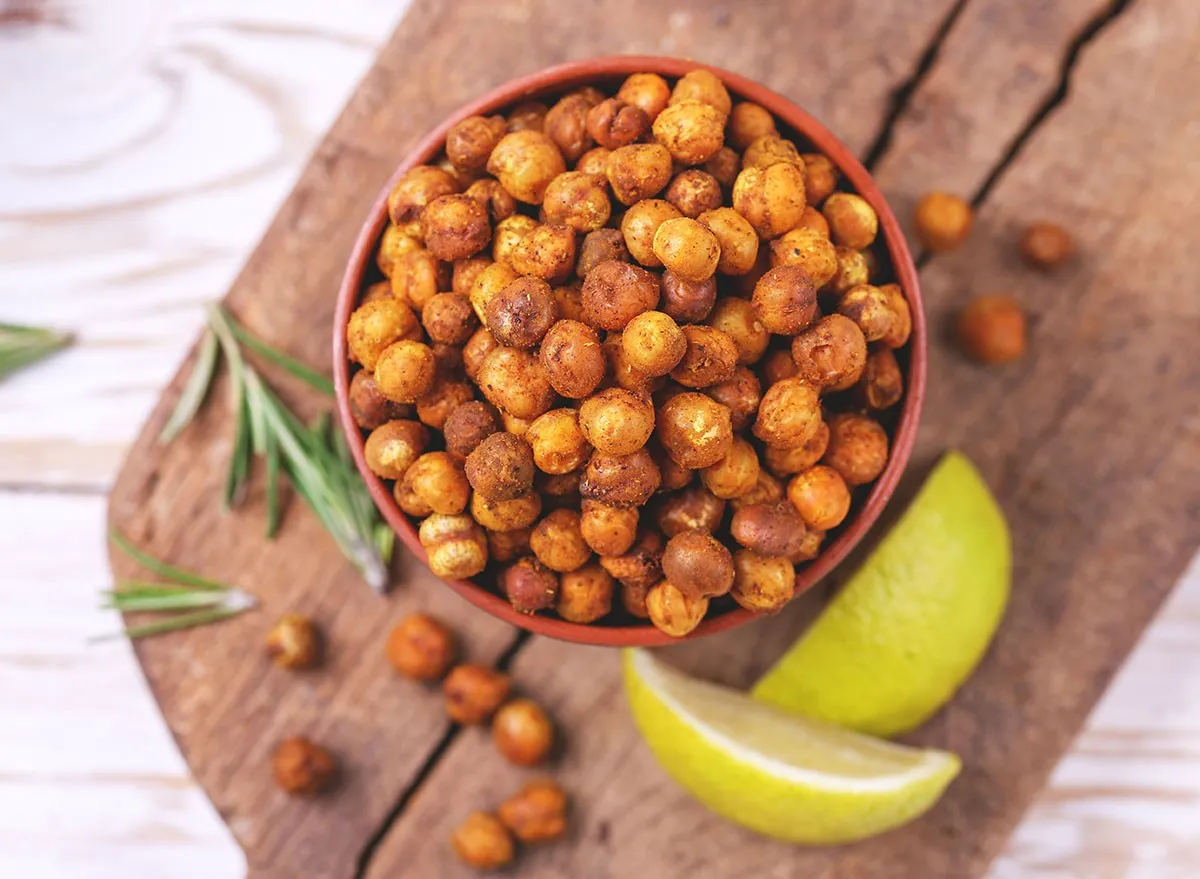
"A roasted chickpea bowl is a plant-powered lunch that is full of protein," Farrell says. "Quinoa and chickpeas provide a hearty base and a solid protein punch, plus fiber to stay full. To boost the protein even more, try tossing in a hard-boiled egg, a sprinkle of hemp seeds, or a drizzle of Greek yogurt-based dressing."
Dinner: Grilled Salmon
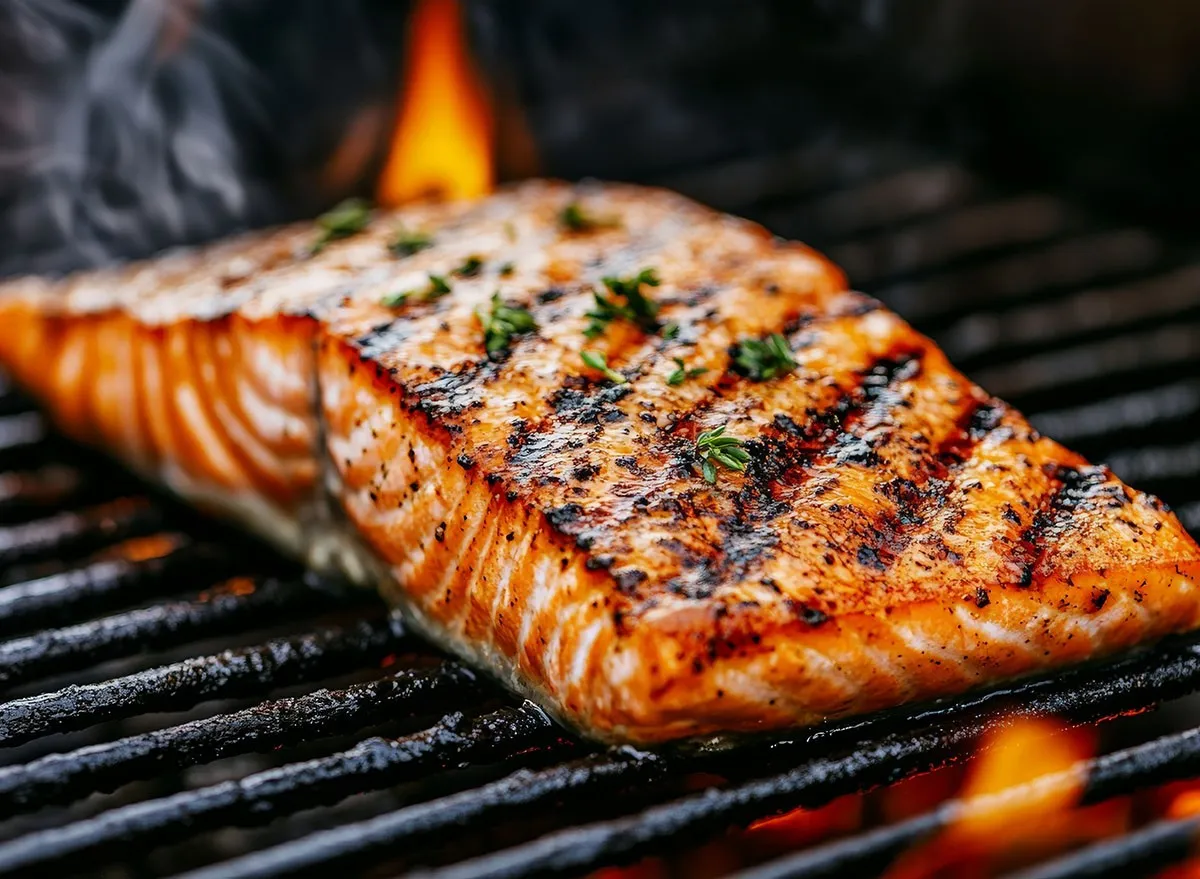
Grilled salmon with spinach and brown rice is full of healthy omega-3 fats, "the brain-boosting nutrient found in salmon that makes this a top protein choice," she says. "Fish have varying amounts of omega-3 fats. As a registered dietitian, I recommend salmon from Chilebecause it's particularly high in omega-3s than other types of fish and is low in mercury."
Dinner: Stir Fry
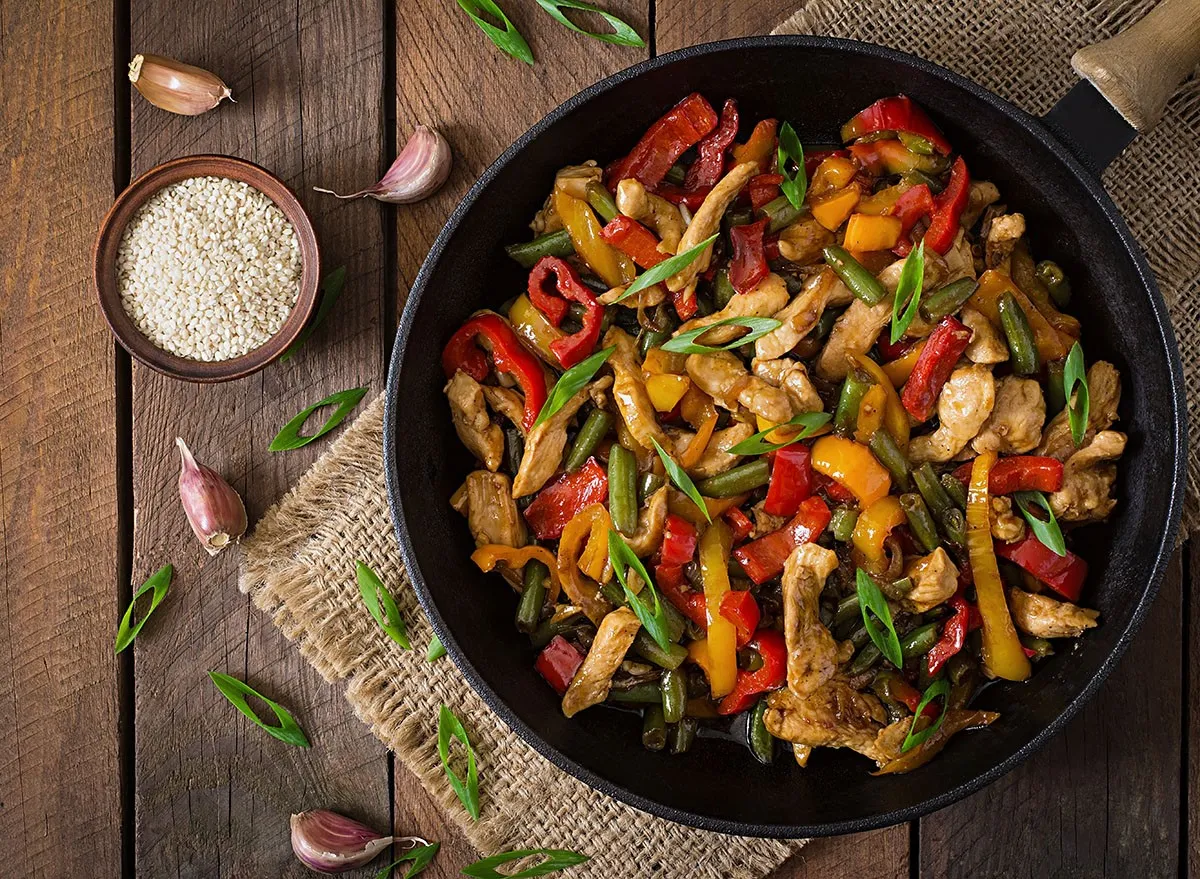
A simple stir-fry can be a go-to solution for getting a quick, flavorful dinner on the table with minimal fuss. "Start by choosing a protein, like chicken or tofu, then toss in a colorful mix of veggies like bell peppers, onions, broccoli, or snap peas. Add a splash of soy or teriyaki sauce and sesame seeds for a flavor boost. If you're in a pinch and don't want to order takeout stir-fry, try Kevin's Natural Foods Stir-Fry Kits that include all the ingredients needed and are ready in less than 10 minutes," she says. And if you enjoyed this article, don't miss these 8 High-Protein Foods with Nearly Zero Calories That Melt Fat.




